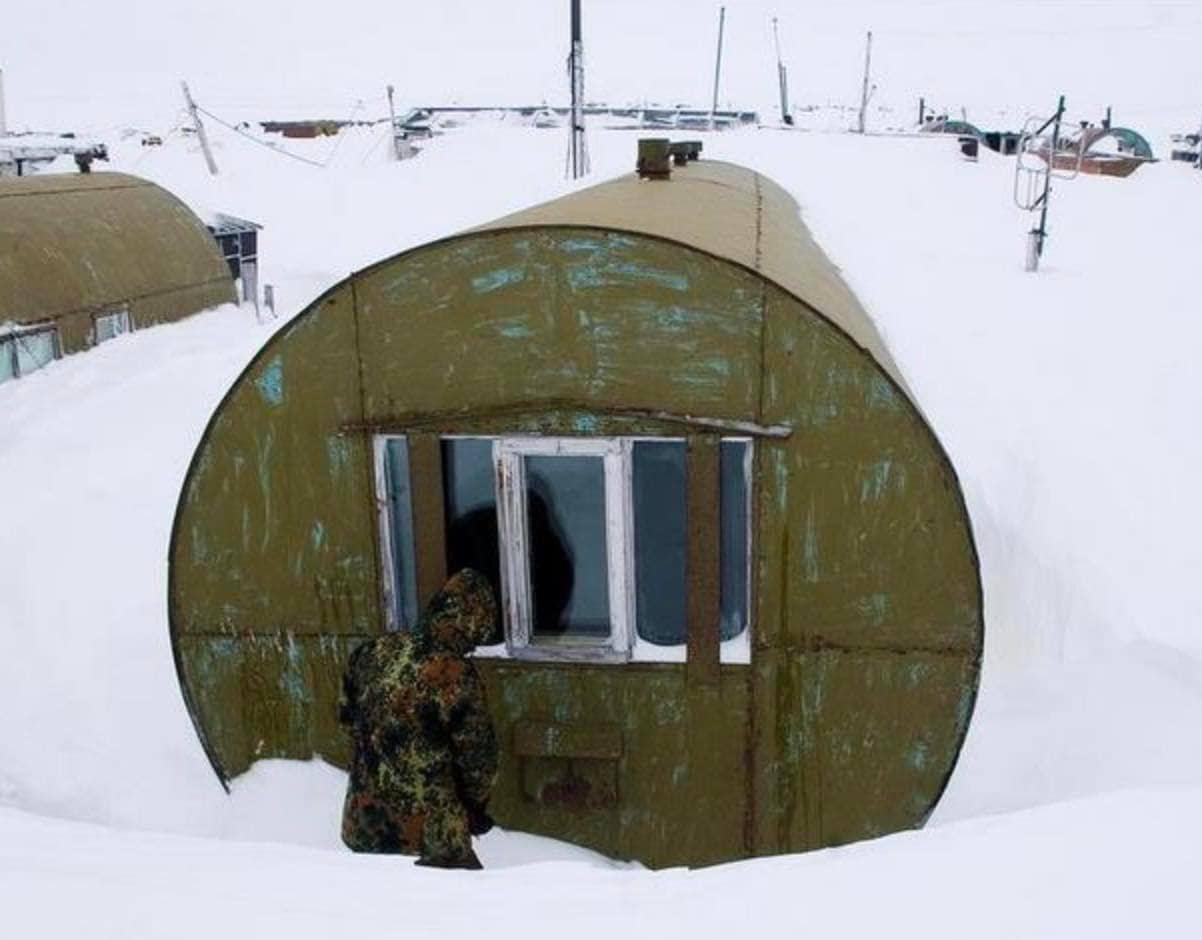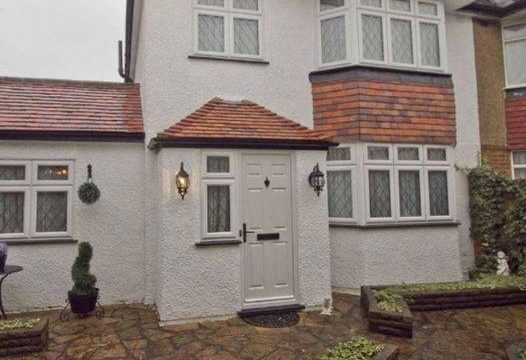In the northernmost regions of Russia, life looks quite different compared to the rest of the country. The harsh climate, extreme weather conditions, and unique living arrangements set these areas apart. One of the most fascinating aspects of life in the North, the Trans-Urals, and the Far East is the use of metal barrels as homes. Originally designed for transporting sea cargo, these cylindrical containers have been repurposed into living spaces, providing shelter in an environment where traditional housing is often impractical or unavailable.

This unconventional housing trend began with shift workers stationed in remote northern regions. In order to survive the extreme cold and isolation, they transformed whatever materials they had into makeshift shelters. When these workers moved on, their barrel homes were left behind. Over time, locals who lacked access to apartments or conventional houses took over these unusual dwellings and made them their own.
At first glance, barrel homes may not look particularly inviting. Their industrial appearance, with rounded walls and metallic surfaces, gives them an unpolished, almost temporary feel. However, many residents have worked hard to make their interiors as comfortable as possible. Some have gone to great lengths to renovate them, adding double-glazed windows, insulated flooring, and other modifications to retain heat and create a livable environment.
Stepping inside one of these barrel homes, visitors typically find themselves in a small entryway that leads into a modest kitchen. Due to the limited space and curved structure, traditional room layouts are impractical. Instead, most barrel homes feature a compact design with two walk-through rooms that serve multiple purposes. While this arrangement may seem restrictive, residents have found creative ways to maximize their space, making even the smallest corners functional.
One of the biggest challenges of living in a barrel home is maintaining warmth during the brutal northern winters. The metal structure does little to retain heat, and the cylindrical shape makes it difficult to distribute warmth evenly. Heating systems must be carefully planned, with some residents installing wood-burning stoves, electric heaters, or even external insulation to combat the cold. Despite these challenges, some have successfully managed to create a warm and habitable environment inside their barrel homes.
Despite their unusual appearance and structural limitations, these barrel homes provide a practical solution for those who need affordable and accessible housing in remote regions. The people who live in them have adapted to their circumstances, proving that even in the most challenging environments, human ingenuity and resilience prevail.
While barrel homes remain a rarity, they continue to intrigue outsiders. The idea of transforming industrial shipping containers into livable spaces has gained traction in various parts of the world as an innovative approach to housing shortages. Though originally born out of necessity, these homes are now seen as a testament to adaptability and resourcefulness.
As more attention is drawn to these unique homes, questions arise about their long-term sustainability and the potential for improvement. Some suggest that with better insulation, solar panels, and more advanced heating solutions, barrel homes could become a viable alternative for low-cost housing in extreme climates.
For those who live in them, these barrel homes are more than just shelters—they are symbols of perseverance and the ability to find comfort in the most unconventional places. Would you ever consider living in a barrel home? What do you think about this unique approach to housing? Share your thoughts in the comments below!





